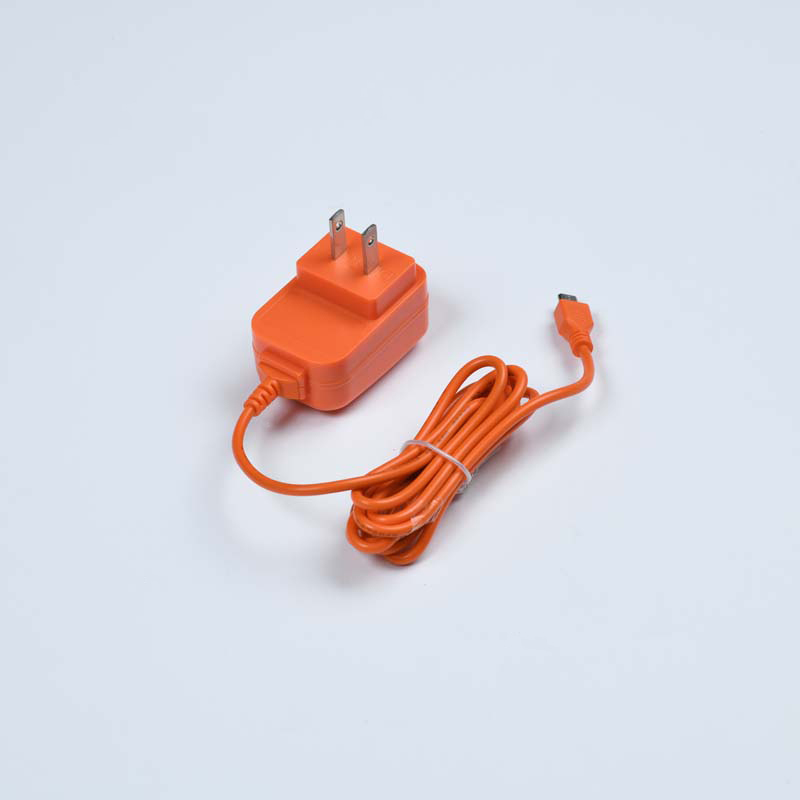
Selection of battery capacity and battery charger
Theoretically, the smaller the charging current is, the better the battery will be. The time is too long. Of course, it is not user-friendly for the user, so the general standard is 0.1-0.2c when charging. Here, C is the rated capacity of the battery. Taking a battery with a capacity of 10000mah as an example, the charging current is 2000mA. Theoretically, it can be fully charged in five hours, Capacity MAH = current ma * time h. but actually, in order to maintain the battery, the battery charging is also divided into three stages: constant current charging, constant voltage charging and silk current charging. Therefore, the actual charging time is longer than 5 hours or slightly longer than 6 hours. The calculation method of battery charging time: divide the battery capacity by the charging current and multiply it by the coefficient 1.2-1.1. The time unit is hour
Maybe we don't understand why we should use the three stages of constant current charging, constant voltage charging and silk current charging to charge the battery. Isn't it a waste of time? Let's introduce these three charging stages, and we will understand the mystery
Constant current charging is the charging stage in which the charging current remains unchanged and the charging voltage increases approximately linearly. If the current of 0.1-0.2c is directly used for charging, even if there are no other accidents, the battery life will be shortened due to excessive charging heating, so this is why the beginning of constant current charging is that the charging current remains unchanged and the charging voltage increases approximately linearly, In fact, it is to extend and maintain the service life of the battery
Constant voltage charging has different charging voltages according to different voltage levels. Therefore, you can't select a charger only according to the size of the current. For example, a battery charger charges a 5V battery and can't charge a 12V or 6V battery

Silk current charging is also different according to different batteries. It is generally called floating charging current. Its size is closely related to the battery capacity. For example, the normal charging current < constant current charging current > of a 10000mah battery as an example may not be as large as the floating charging current of a large capacity battery. Excessive constant current charging current is most likely to form battery overcharge, which will affect the service life of the battery and even destroy the battery, Don't consume too much power. If you violate these two rules, the battery may not be damaged immediately, or the capacity may be reduced
But generally speaking, for example, lithium batteries are equipped with charge discharge maintenance circuits. After understanding these, we may understand why battery charging requires three stages: constant current charging, constant voltage charging and silk current charging
In general, the charging time of the battery for digital electronic products is generally planned to be 6 hours. This purpose is to ensure that users can fill the battery during sleep, especially for digital products such as mobile phones and tablets, which are basically frequently charged, so that users can plug in the electronic products before going to bed at night, The battery can be fully charged before waking up in the morning. This is also a more humanized consideration. Therefore, in consideration of the longest service life of the integrated battery and the convenience for users, planners will try to minimize the charging current of the battery charger